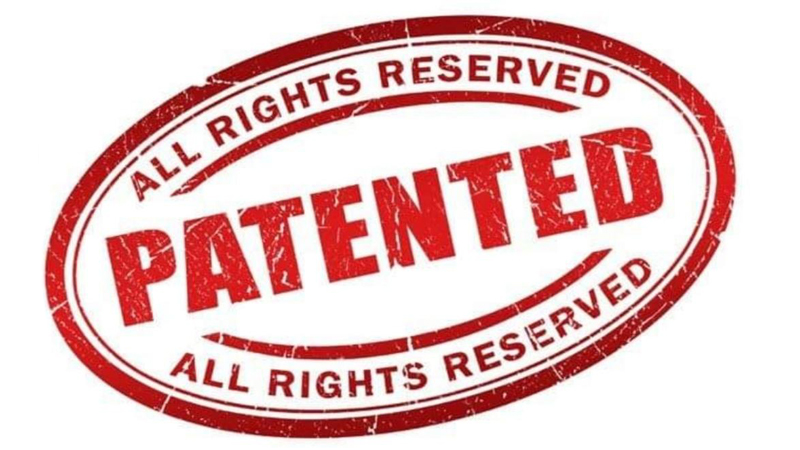Who grants patents?
A patent is granted by a national patent office (the Registrar-General’s Department) or by a regional office that does the work on behalf of a number of countries, such as the African Regional Intellectual Property Organization (ARIPO) and the European Patent Office (EPO).
Under such regional systems, an applicant requests protection for the invention in one or more countries all of which are member states of that respective body and each country decides as to whether to offer protection within its borders.
The Patent Cooperation Treat (PCT) which is administered by the World Intellectual Property Organization (WIPO) administered Patent Cooperation Treaty (PCT) provides for the filing of a single international patent application which has the same effect as national applications filed in the designated countries once the national phase, undertaken by ARIPO and EPO for many of their member states, ends in a patent grant.
An applicant seeking protection for their creativity, financial investment in research and development (R&D) and material reward for their marketable inventions. These incentives encourage innovation which assures that the quality of human life is continuously enhanced.
When applying for patents, applicants are obliged by the Patent Act, 2003 (Act 659) and article 29 of the Trade Related Aspects of Intellectual Property Agreement (the TRIPS Agreement) to disclose enough information about their invention that will enable any other person who is skilled in the art to carry-out the invention.
This requirement enriches the total body of technical knowledge in the world. Such an ever-increasing body of public knowledge promotes further creativity and innovation in others. In this way, patents provide not only protection for the owner but valuable information and inspiration for future generations of researchers and inventors.
Users of patents and patent documents:
The users of patents and patent documents include individual inventors, Small and Medium Enterprises (SMEs), Industry, Research Institutions, Academia, Patent Attorneys, Industrial Property Offices and many others.
The uses of patents and patent information
The patent system serves two major functions: protection and disclosure (information). Patent documents constitute a valuable source of legal, technical, business, and policy-related information. Patent information can be used to;
• Identify New Business opportunities
• Monitor activities of Competitors;
• Plan Research &Development Programs;
• Forecast business, Technology Trends & plan Technology Transfer;
• Identify State of the art Technologies & Global expertise;
• Avoid possible infringement problems and
• Oppose grant of patents whenever they conflict with your own patent; among others.
Why Africa has failed to use patent information
A study conducted by ARIPO indicated that, reasons for the failure to use patent information in Africa include:
(a) Infrastructure and Communication problems;
(b) Lack of Awareness;
(c) Tradition of keeping knowledge such as Traditional Knowledge and inventions secret; (d) Lack of motivation, inventions not considered as important;
(e)Tradition of not wishing to change;
(f)Lack of anxiety and desire to improve life and therefore satisfied with available means.

